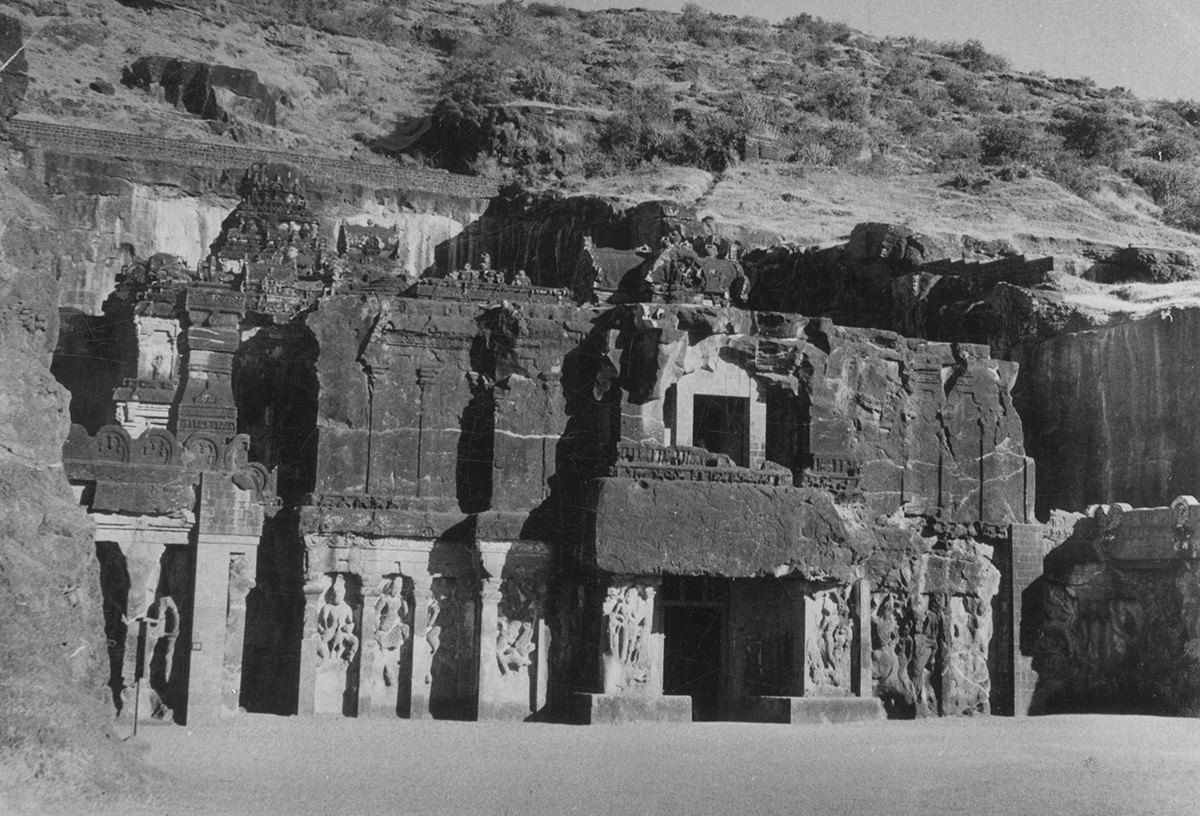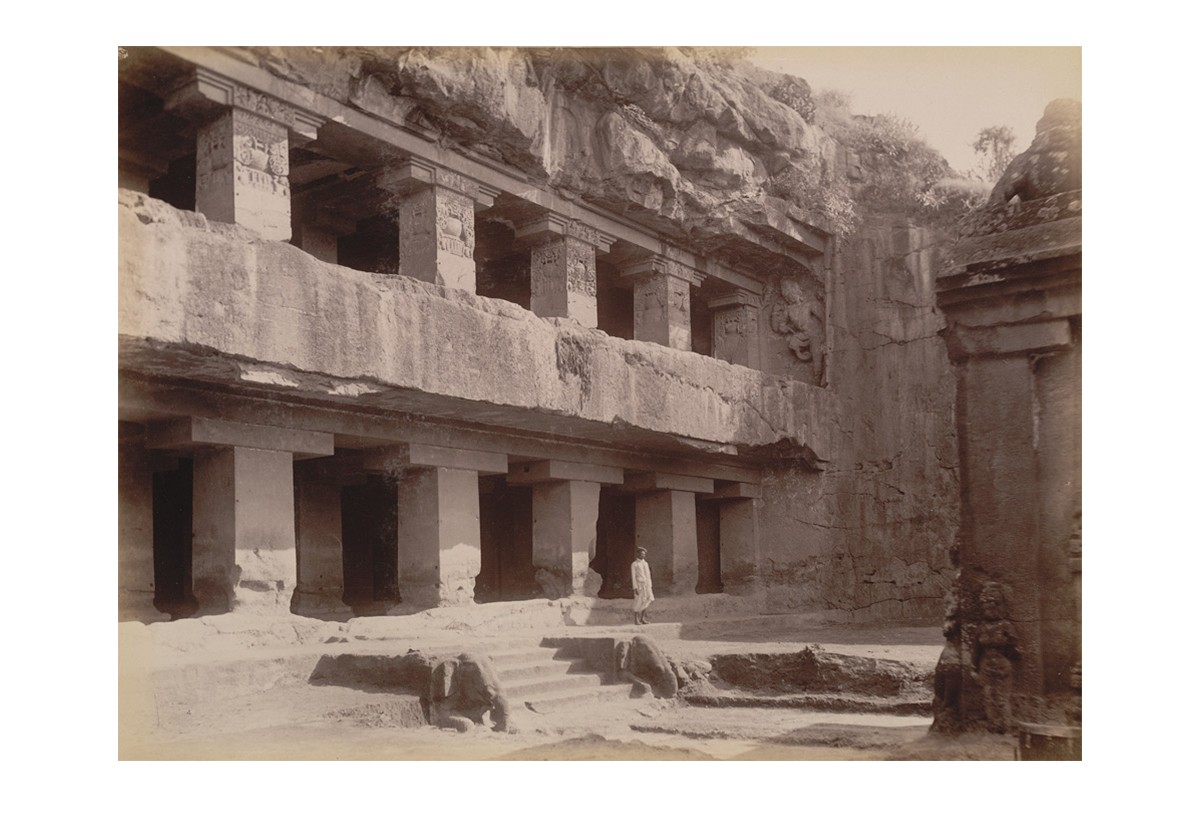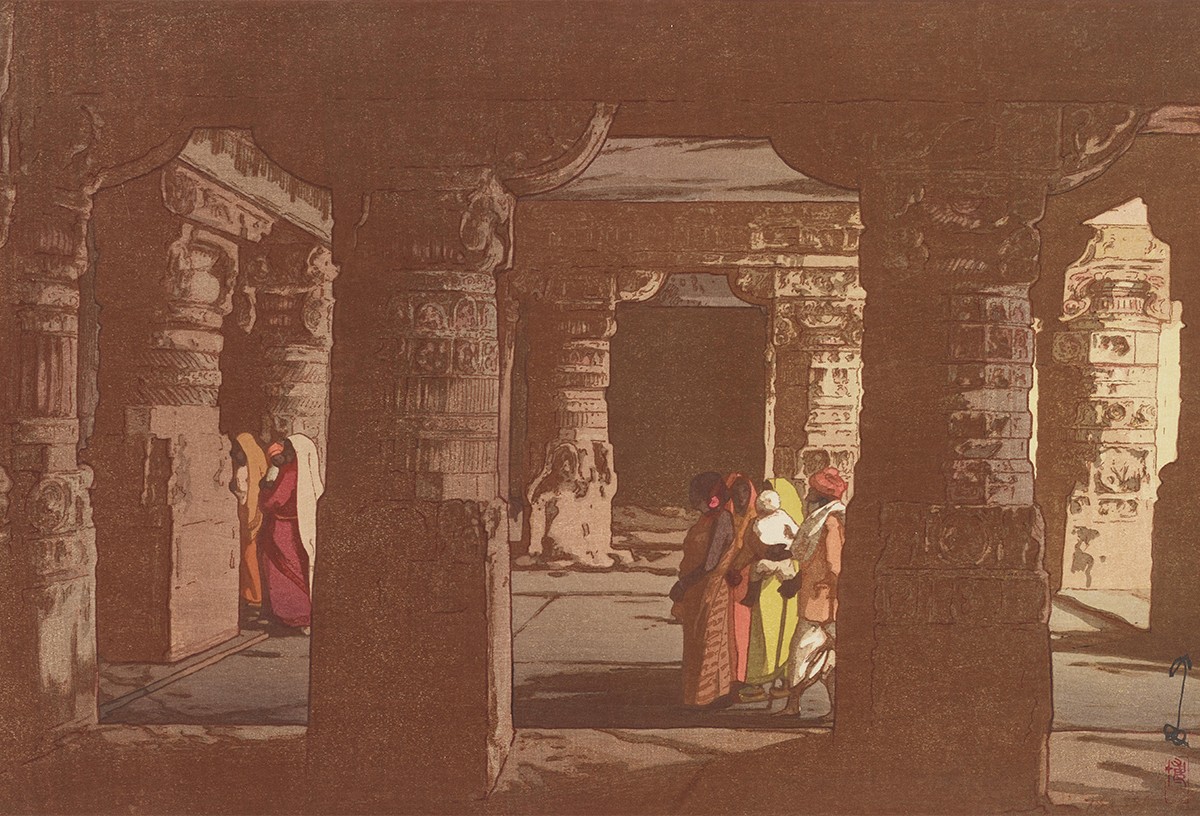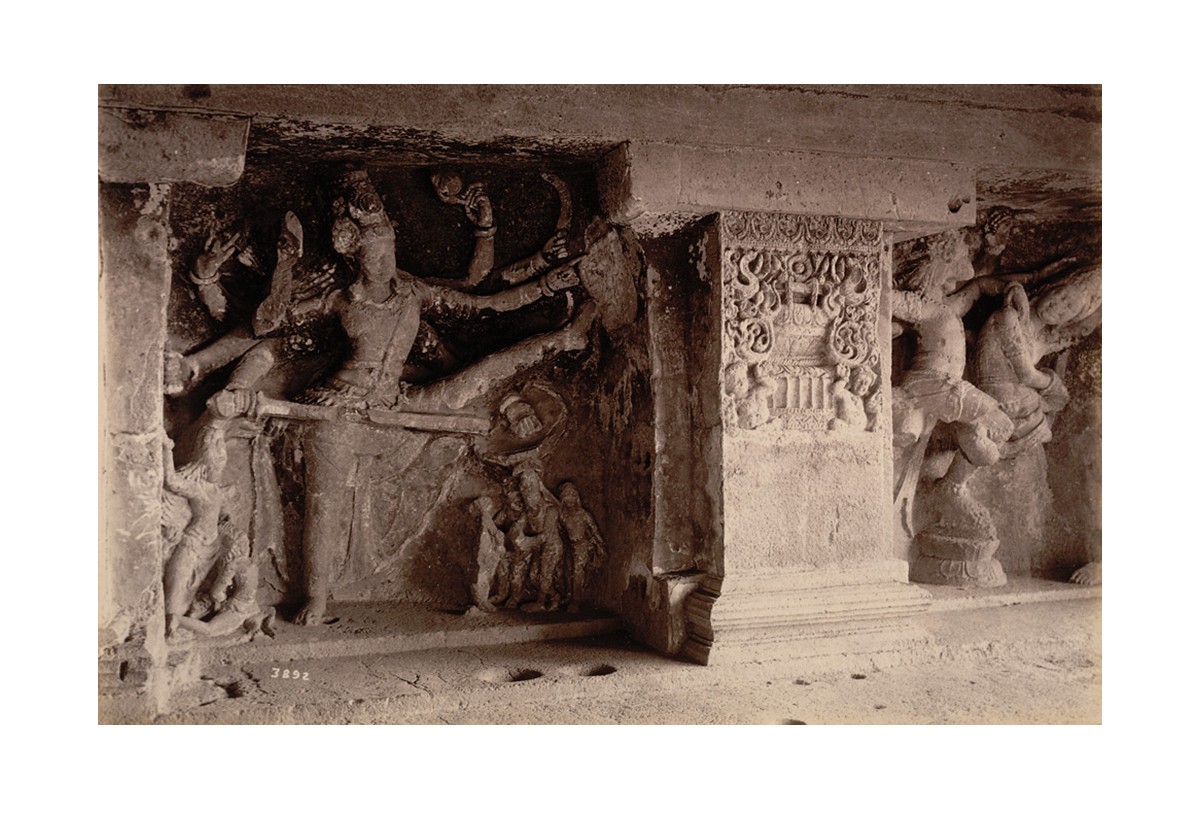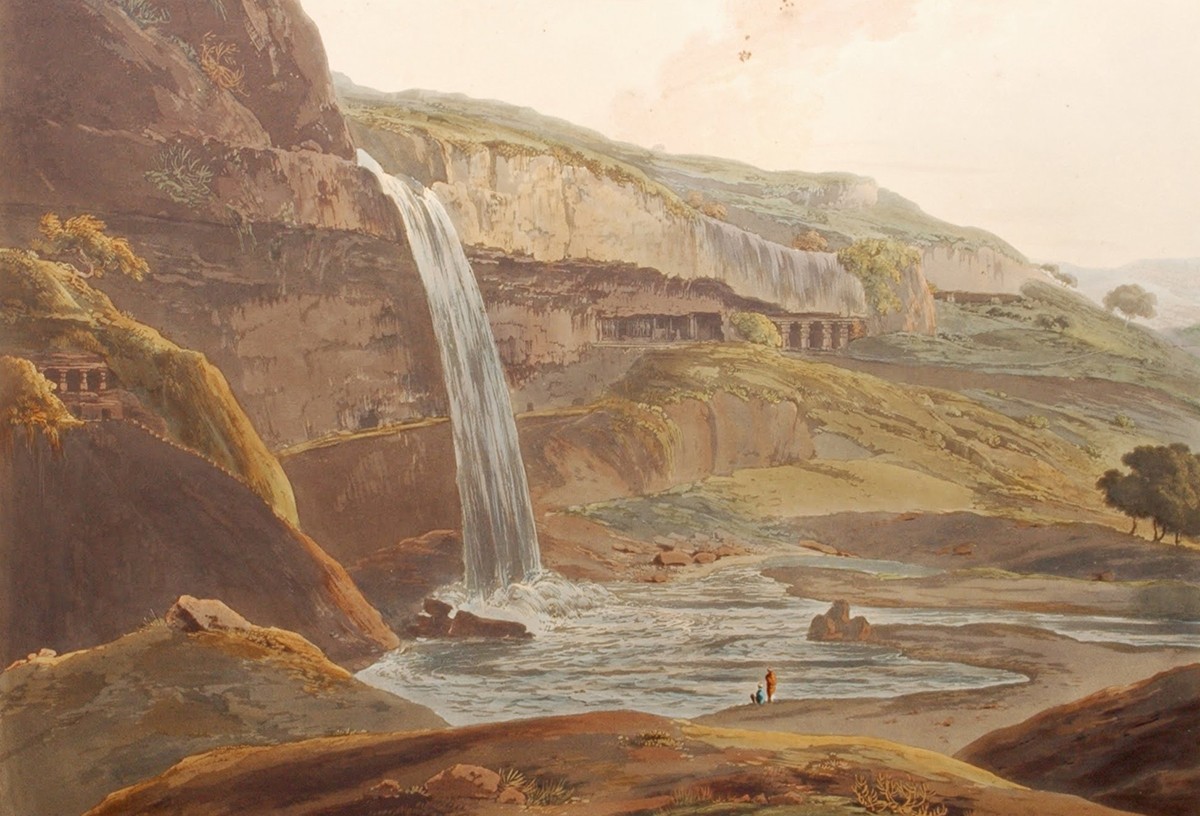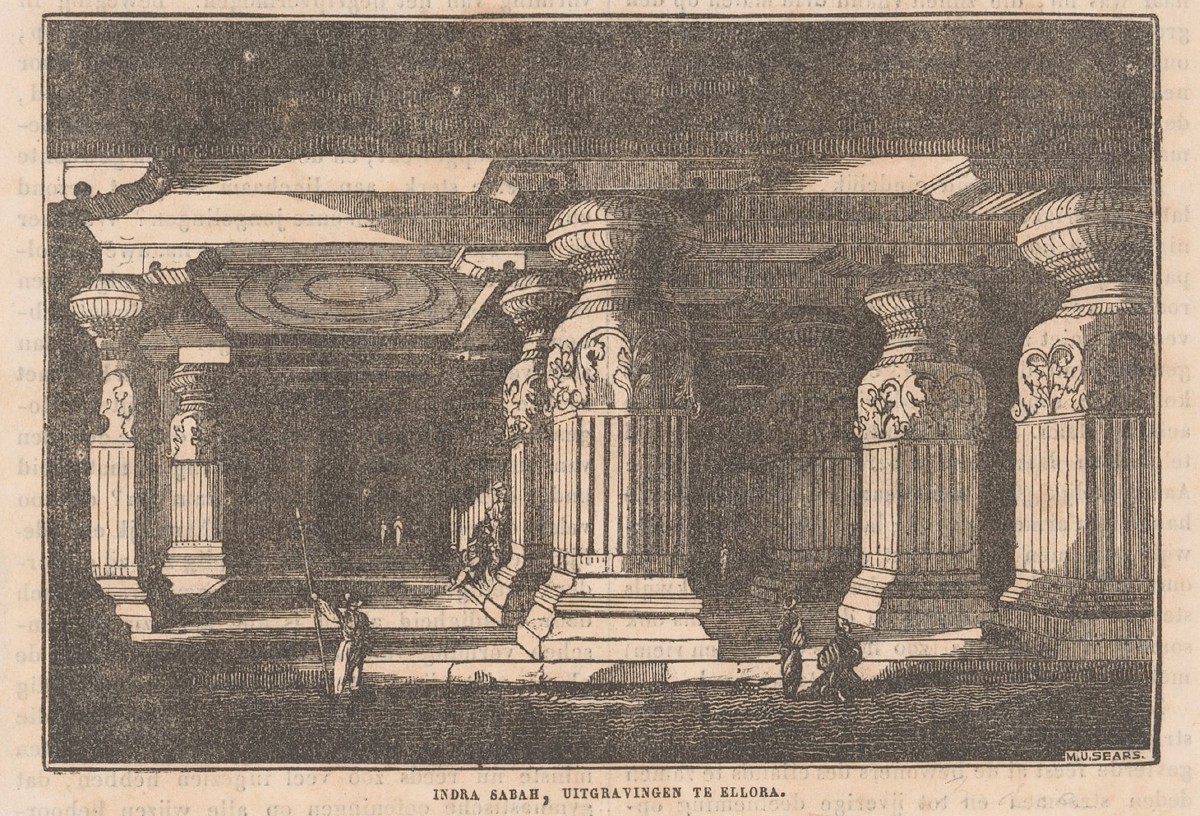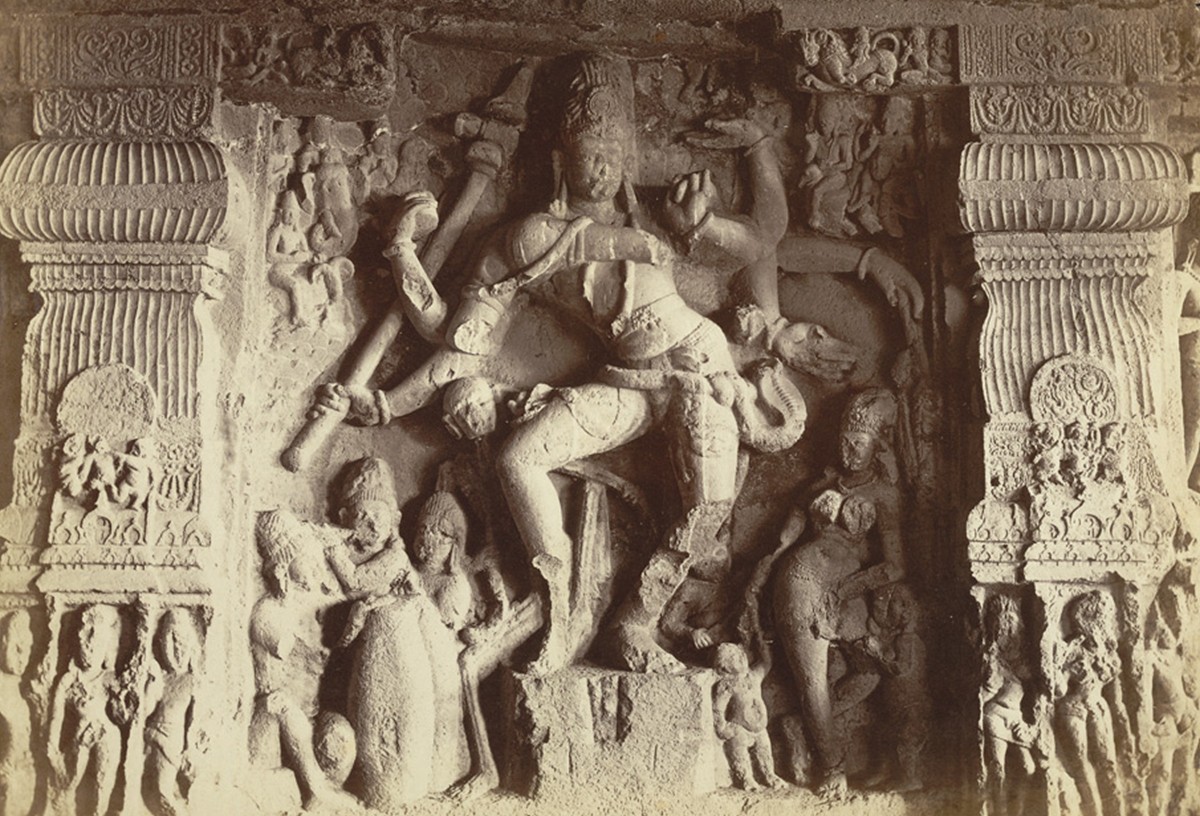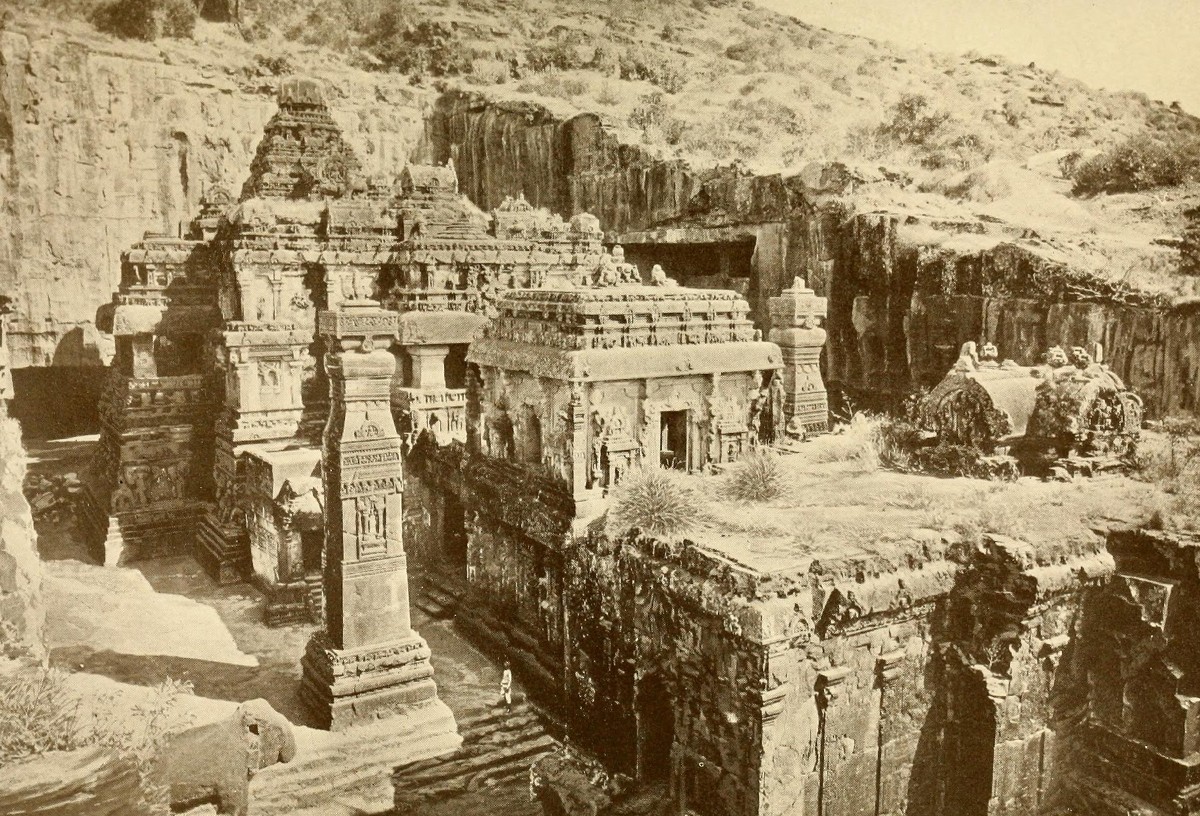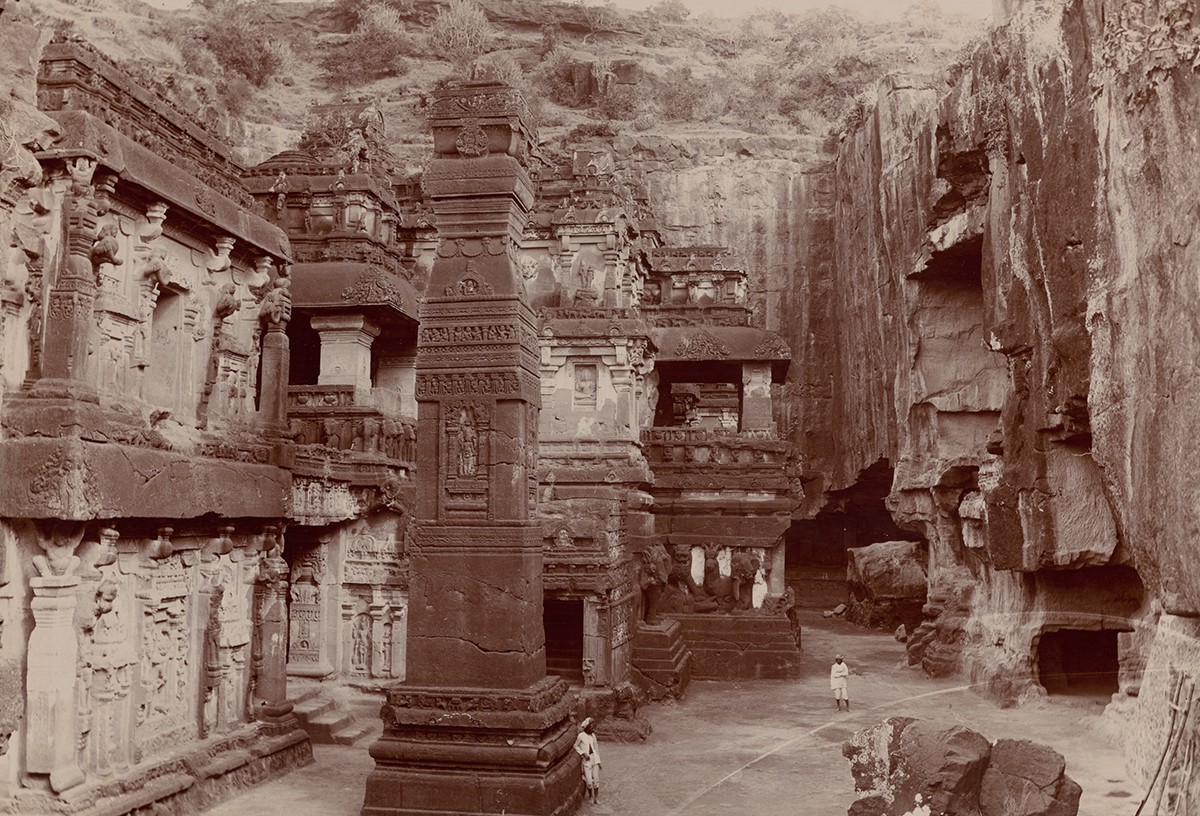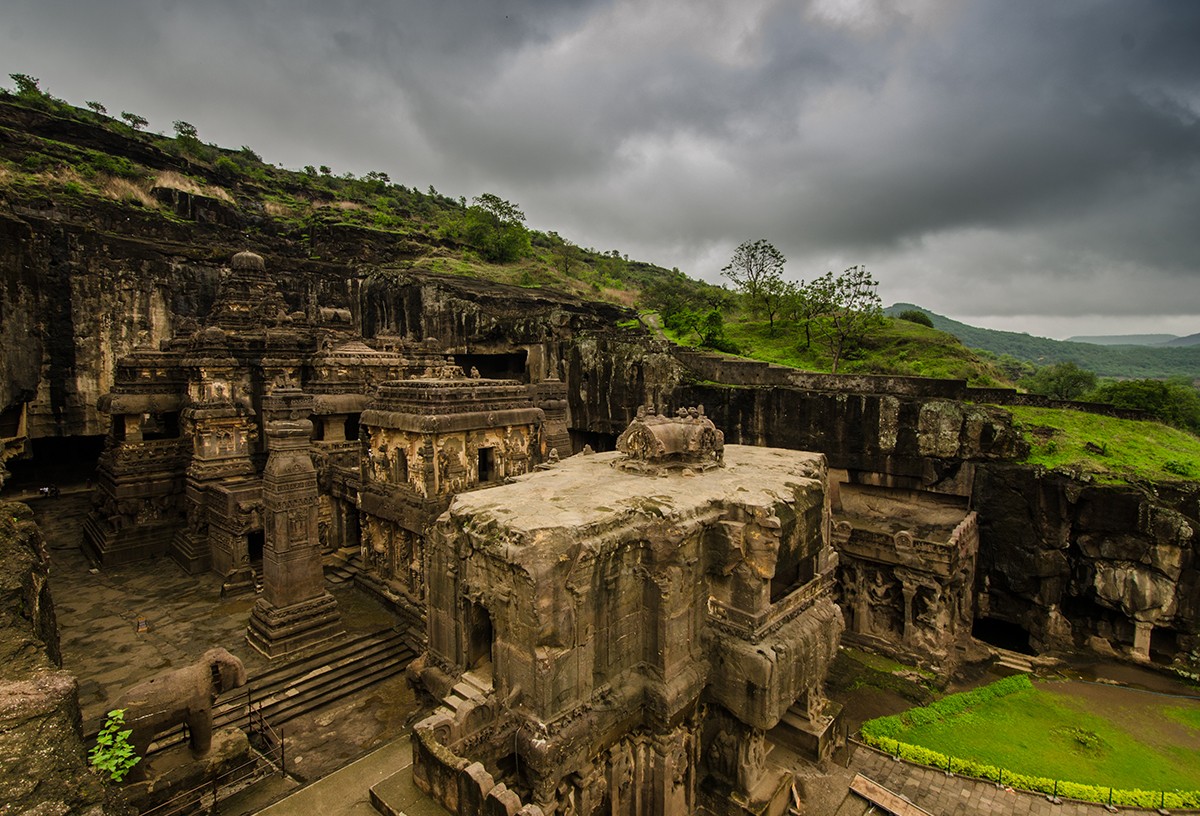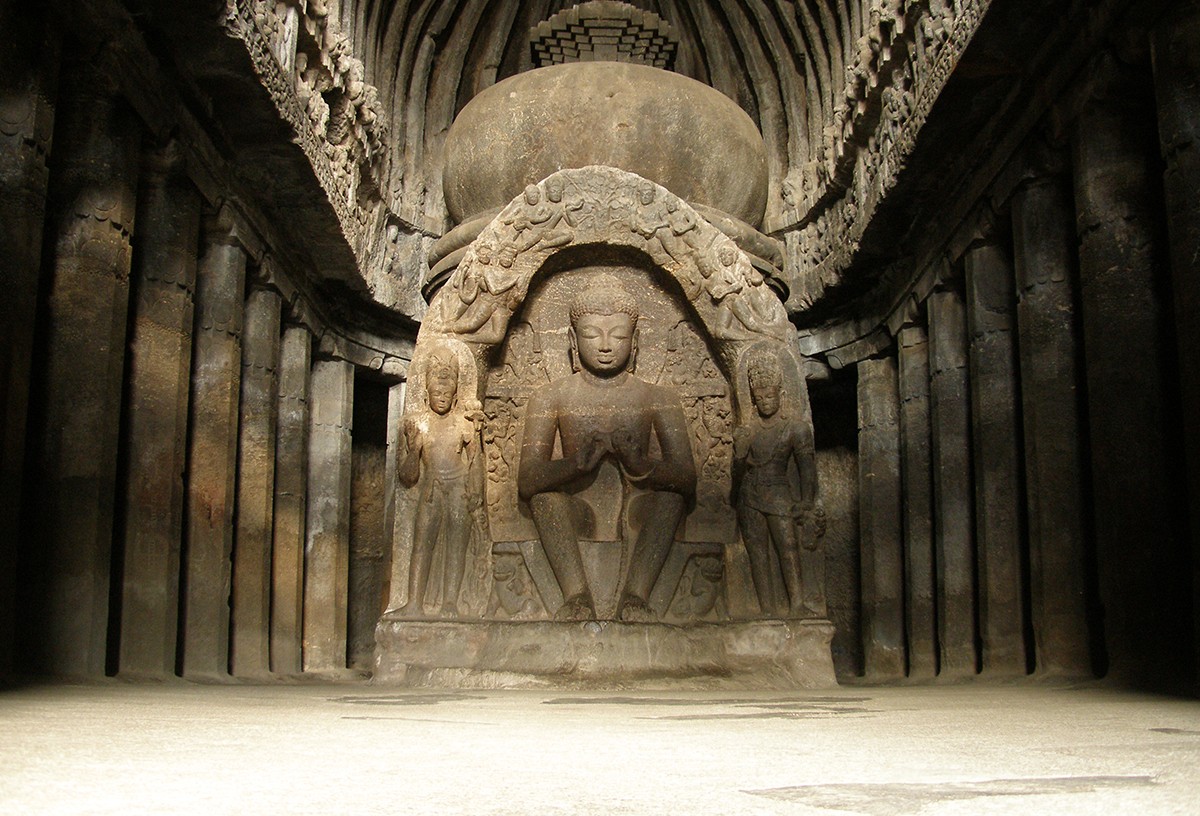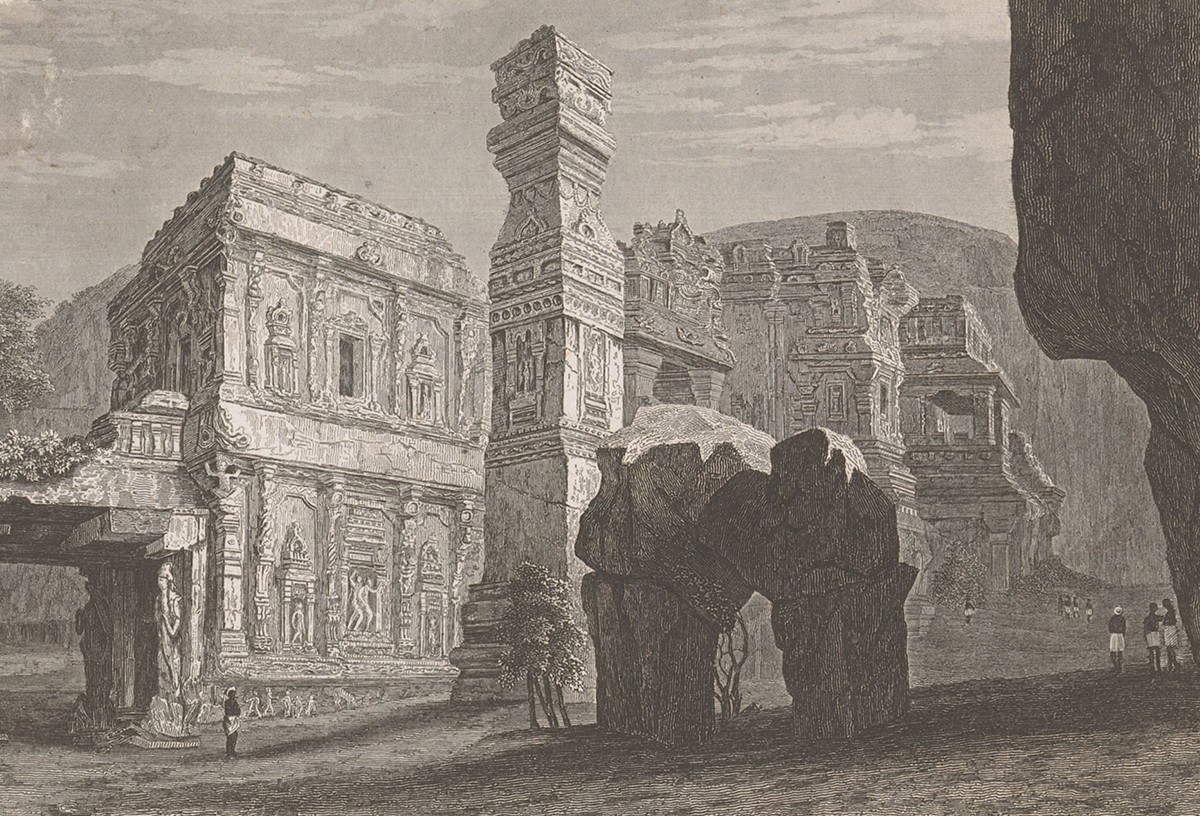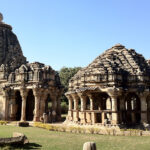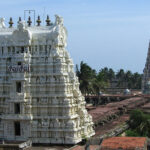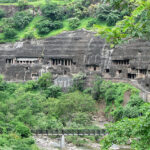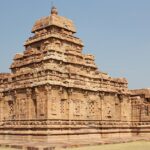The Ellora Caves Are Carved
600–1000 CE
A number of cave temples are excavated at Ellora (in present-day Maharashtra, India), a major religious site situated close to trade routes from northern to southern India. Some of the earliest were possibly patronised by the Kalachuri dynasty, between the sixth and eighth centuries, with later caves built under the rule of the Rashtrakutas from the eighth to the tenth centuries. Notable rock cut caves from the area, including the Dashavatara Cave (Cave 15) and the Kailasanatha Temple (Cave 16), reflect the dominance of Shaivism in royal art and architecture, as well as the growing scale of cave temple structures in the Deccan. However, the presence of caves dedicated to Buddhism, with chaityas (prayer halls), viharas (monastic structures) and sculptures with iconography corresponding to both the Mahayana and Vajrayana schools of Buddhism; as well as caves with Jain iconography with murals and sculptures dedicated to the Jinas featuring heavily in parts of the cave, suggest that religious structures made without royal patronage were equally prevalent between the eighth and tenth centuries in the region. Stylistic similarities show that iconographies are relatively fluid across sects at this time, likely because artisans frequently moved between sites in the region.
Bibliography
Berkson, Carmel. Ellora: Concept and Style. New Delhi: Abhinav Publications, 2004.
Dhavalikar, M. K. Ellora. New Delhi: Oxford University Press, 2003.
Harle, J. C. The Art and Architecture of the Indian Subcontinent. New Haven: Yale University Press, 1994.
Losty, J. P., Harold Coward, et al. “Indian subcontinent.” Grove Art, 2003.
Owen, Lisa. Carving Devotion in the Jain Caves at Ellora. Leiden: Brill, 2012.
Feedback 
This entry appears in
Art in South Asia
Visit Timeline
Associated Timeline Events
First Published: March 11, 2024
Last Updated: August 5, 2024



